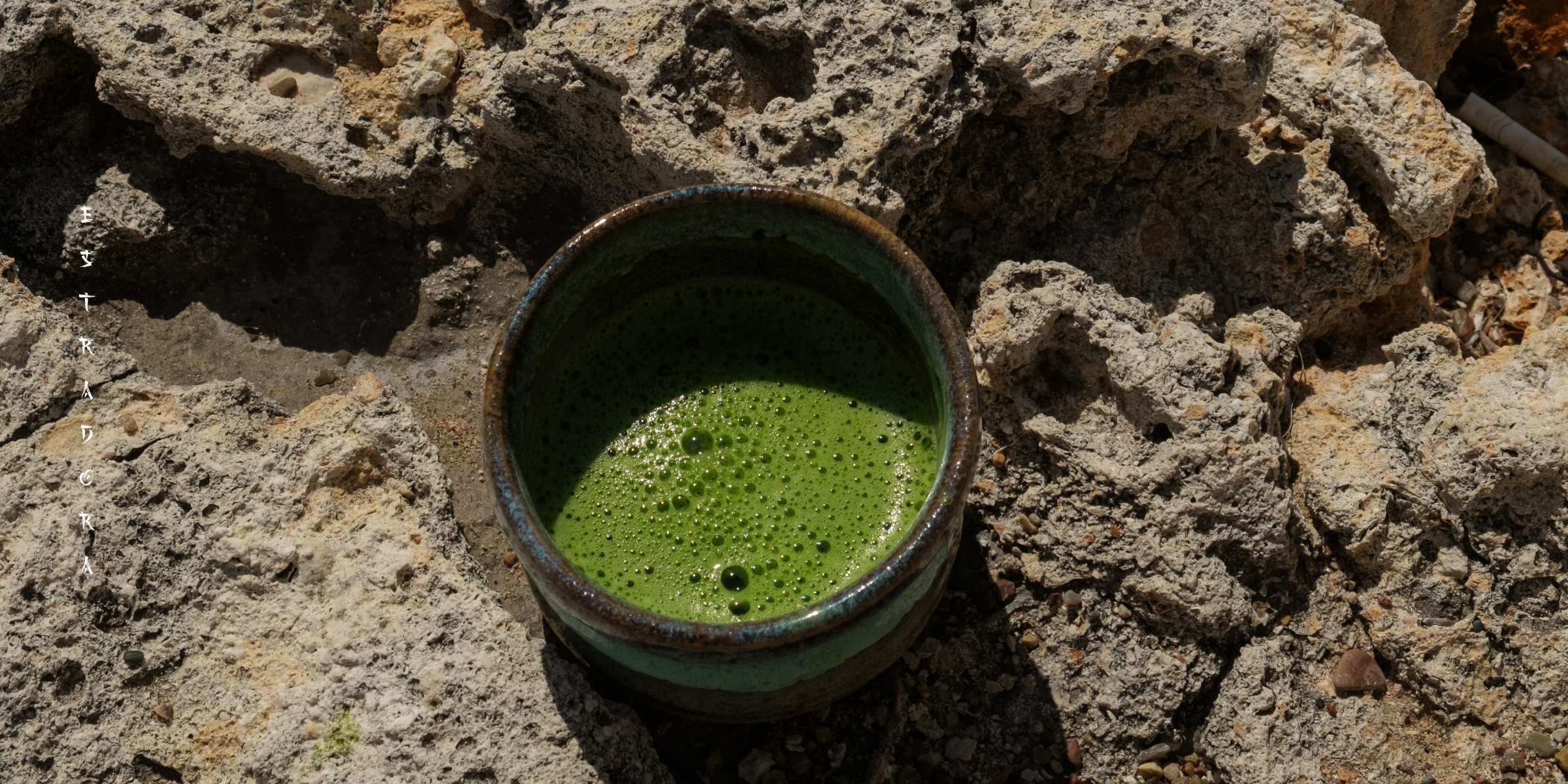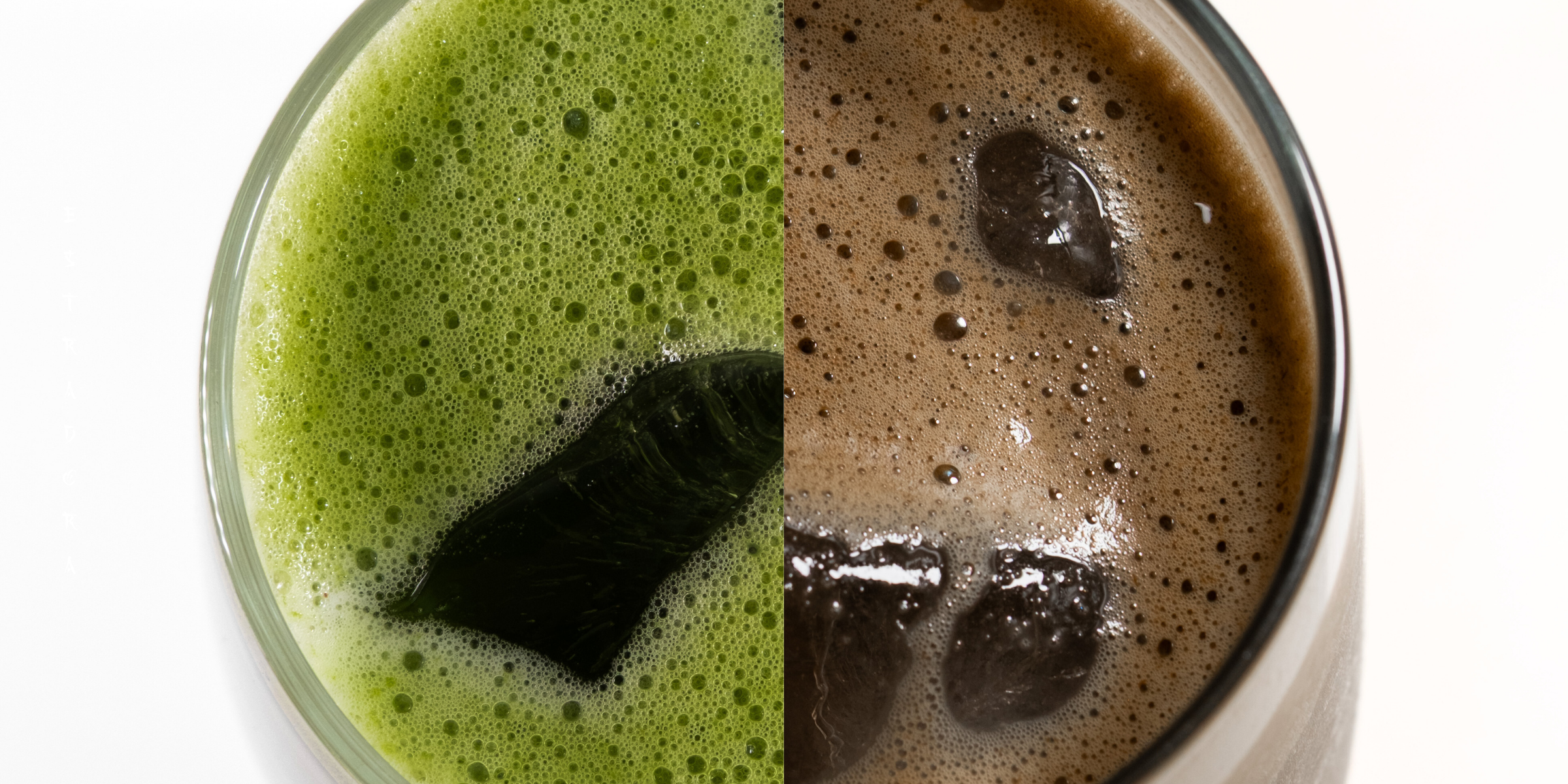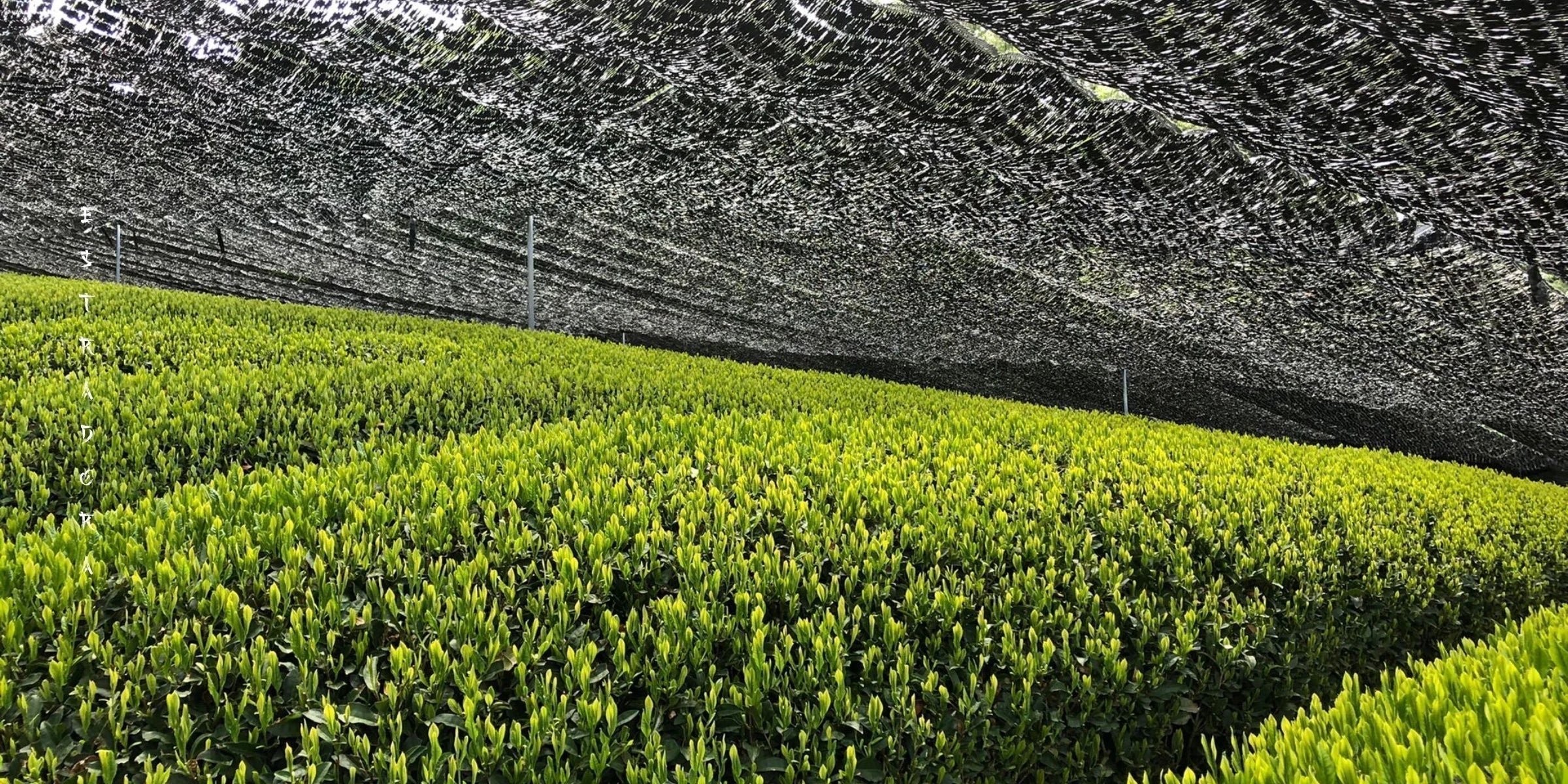
Matcha and Iron: Science, Balance, and Benefits
Matcha has been part of Japanese tradition for centuries, valued not only for its antioxidants but also for the calm ritual of preparation and the clarity it brings.
Recently questions have been raised with claims such as “does matcha lower iron”or “green tea causes anemia”.
These statements create unnecessary anxiety, so at Estradora we believe it is important to look closely at scientific evidence and explain why the benefits of matcha far outweigh any minor concerns about iron absorption.
What science says about matcha and iron absorption
Research shows that polyphenols in green tea, mainly catechins and tannins, can bind to non heme iron from plants or supplements when tea is consumed with meals. Large Japanese studies such as J-MICC observed slightly lower ferritin levels in frequent tea drinkers, while case reports describe anemia only in extreme scenarios of very high daily intake.
For healthy adults, the effect is temporary, depends on timing, and is easily managed by separating tea from meals or combining iron sources with vitamin C.
Why the evidence is mixed
Not all studies reach the same conclusion. Some older research in Europe showed that even drinking up to one liter of tea daily did not reduce iron status in healthy men with balanced diets. More recent Japanese studies with larger and more diverse populations found small associations, especially in people with lower baseline iron intake. Reviews also emphasize that diet composition, study design, and timing strongly influence results.
In other words, the effect is not universal and depends more on individual context than on matcha itself.
Who may be more sensitive
Most healthy adults with varied diets will not experience problems. However, vegetarians, women with heavy menstrual cycles, or anyone with already low ferritin may be more sensitive. For them suggested matcha or any other green tea intake is only between meals, not on empty stomach or instead of meal.
Matcha benefits clearly outweigh concerns
Even if matcha can slightly influence non heme iron absorption, its overall benefits are much greater.
- Rich in antioxidants such as EGCG that protect cells from oxidative stress.
- Provides calm focus through the synergy of caffeine and L theanine.
- Supports gentle metabolic balance.
- Encourages mindfulness and stress reduction through ritual.
- Safe cultural tradition in Japan for centuries without higher rates of iron deficiency.
When compared directly, the minor and controllable influence on iron is insignificant against the proven long-term benefits of daily matcha.

How to drink matcha safely while supporting iron
- Drink matcha one to two hours before or after meals.
- Divide iron or any other vitamins, supplements intake from matcha drinking.
- Pair plant-based iron sources with vitamin C foods.
Estradora’s perspective
At Estradora, we value transparency and care. Matcha is more than a drink — it is a ritual of calm focus, cultural heritage, and everyday wellbeing. Enjoying it between meals allows it to become a natural part of your day, while you stay attentive to your own preferences and individual tolerance.
References
Cheng TO. Green tea does not inhibit iron absorption. Int J Cardiol. 2009.
Schlesier L, et al. Evaluation of green and black tea effects on iron status. Food Chem. 2012
Nanri A, Hara M, Nishida Y, et al. Association between coffee and green tea consumption and ferritin levels in Japanese adults: The J-MICC Study. Frontiers in Nutrition. 2023.
Jorgenson T, White B, Zhang J. Effects of green tea polyphenols on inflammation and iron status: a review of current evidence. Journal of Nutritional Science. 2023
Matcha by Estradora is a food product, not a medicine. It should be consumed as part of a varied, balanced diet and a healthy lifestyle. It is not intended to diagnose, treat, cure or prevent any disease. If you are pregnant, breastfeeding, have a medical condition or are taking medication, consult a doctor or qualified healthcare professional before use.


